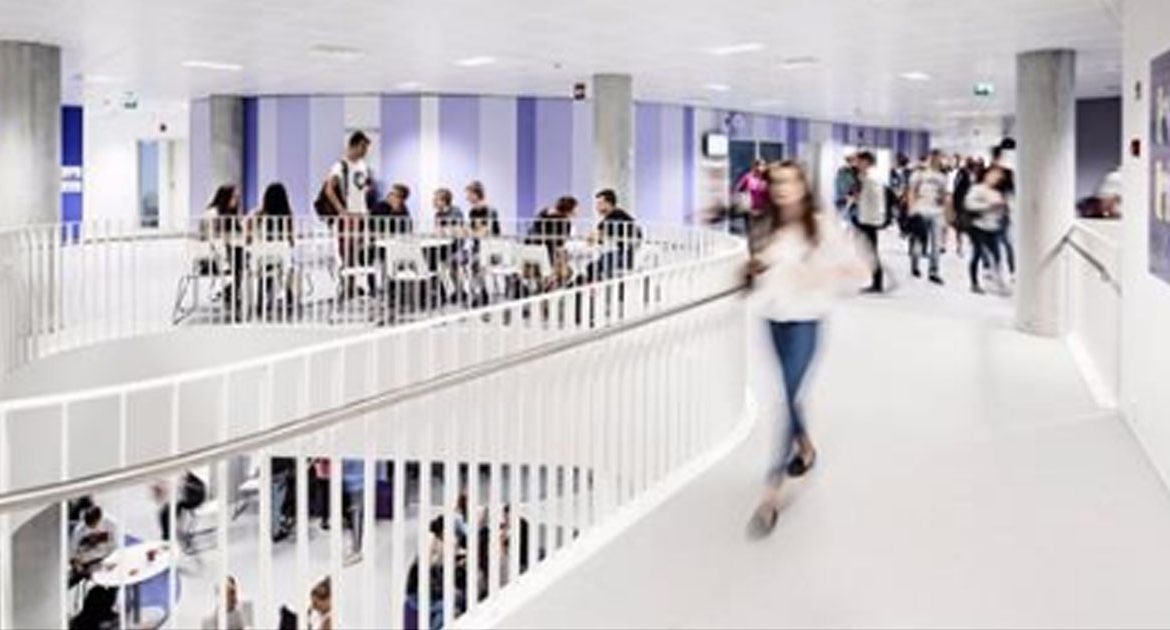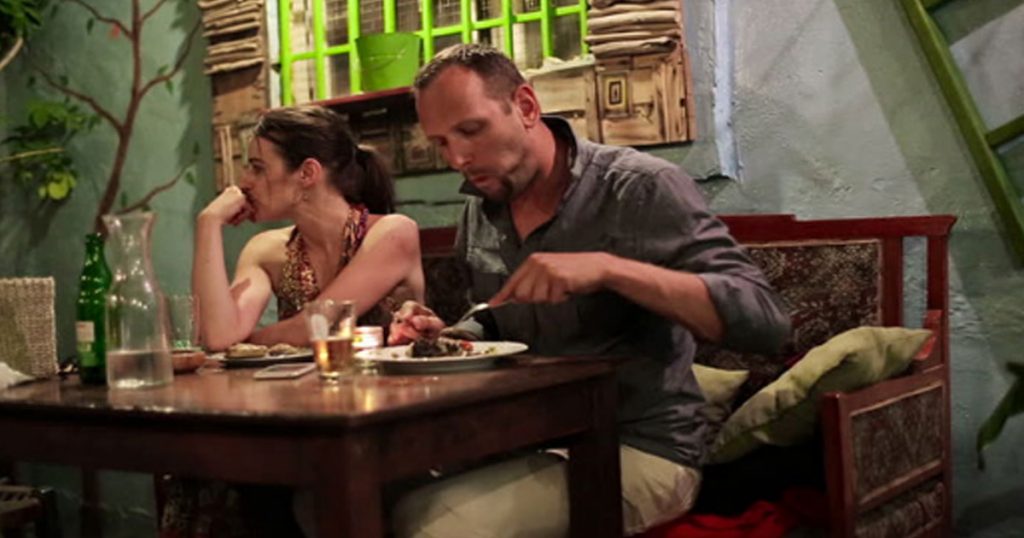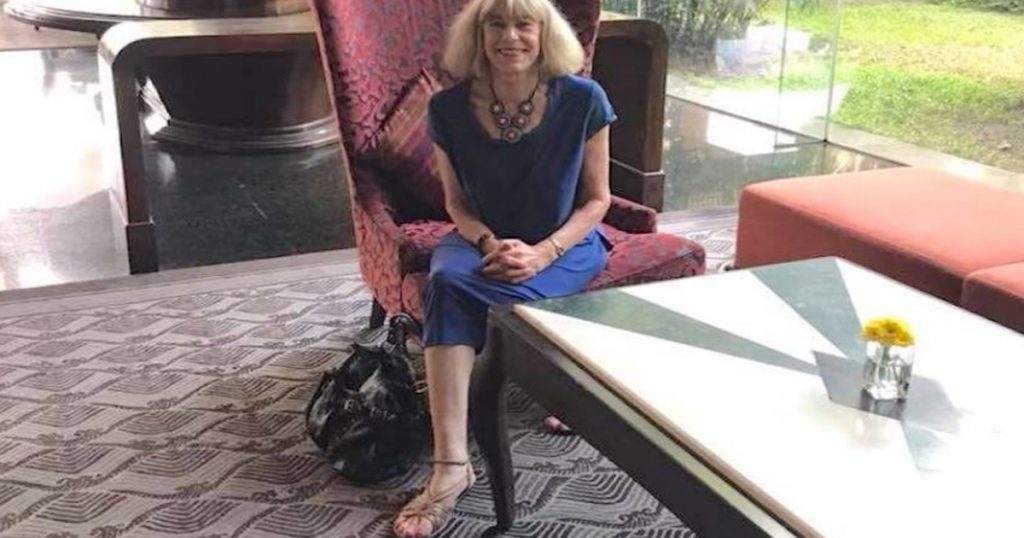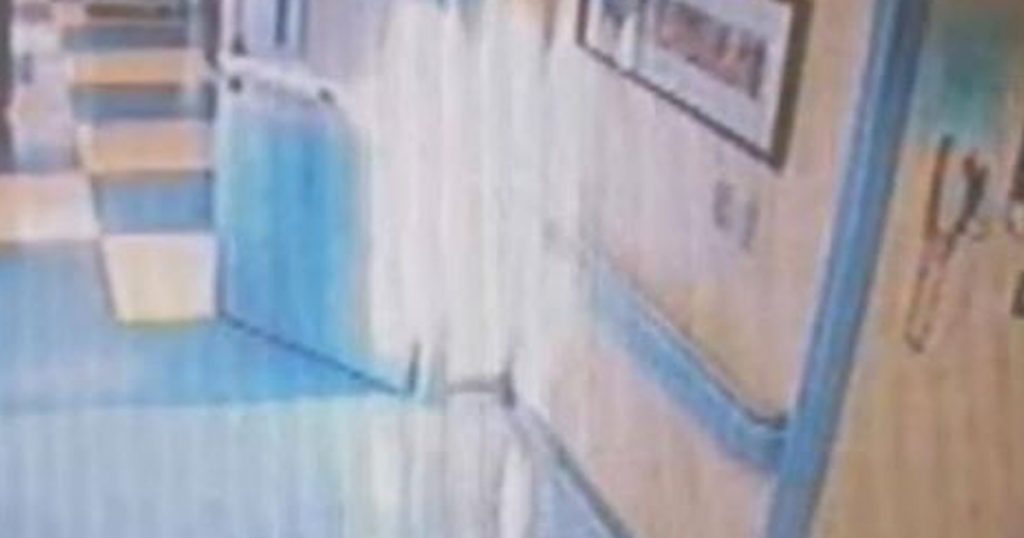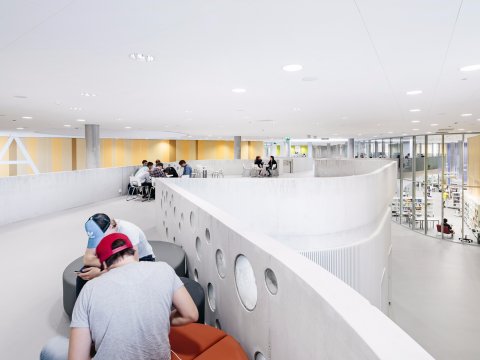 Finland’s repeated success in national education rankings means there are at least a few lessons the US can learn.
Finland’s repeated success in national education rankings means there are at least a few lessons the US can learn.
But one that it can’t replicate — due to old-school mindsets about what education is supposed to look like — is how Finland designs its schools.
Finnish schools are increasingly adopting the mindset that flexible, open learning spaces are better than walled-off classrooms, and that mixing students of different ages is better than drawing bright lines between grades.
Here’s what it’s all about.
Kastelli school and community center, located in Oulu, Finland, was built in 2014 to serve 1,500 children. It’s one of more than 100 schools built in the last few years to incorporate the open plan model.
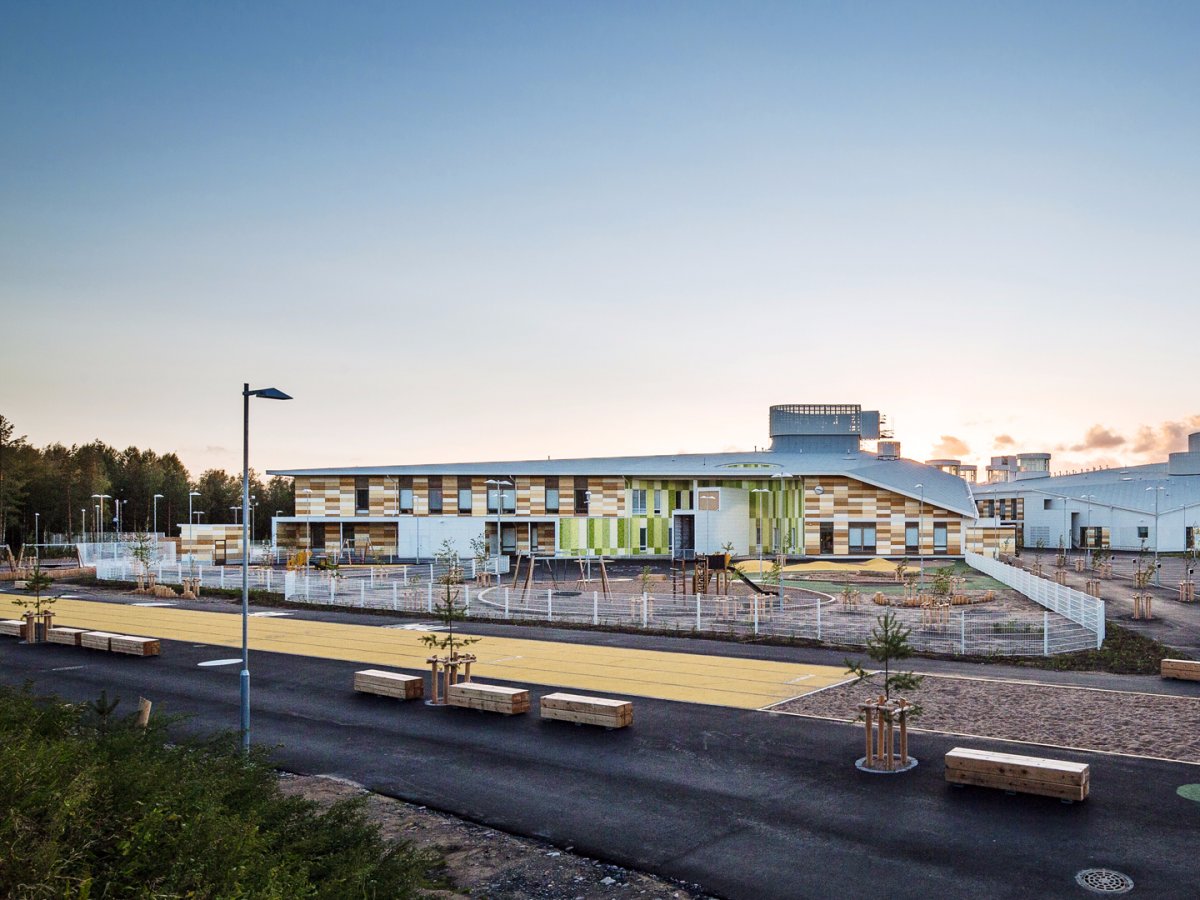
As a joint school and community center, Kastelli also caters to adults looking to stay fit and healthy. But the building’s primary purpose is to educate both kids and teenagers.
Architect firm Lahdelma & Mahlamäki designed the walkways and courtyards to fit the kids who would be using them most — smaller, kid-friendly areas for young children and wider blacktops for older ones.
Inside, however, such divisions collapse. The interior of the school is composed of long, sprawling hallways that keep students mingling with one another.
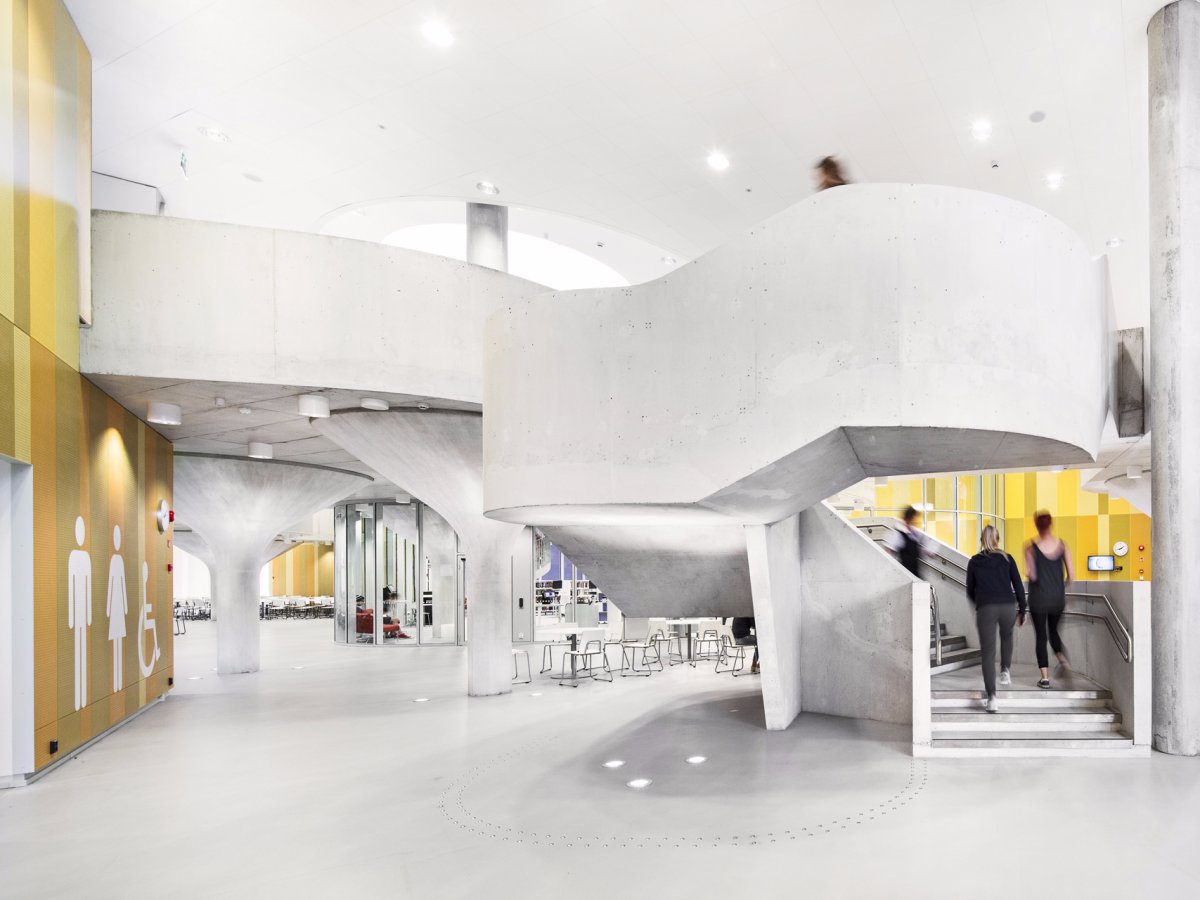
Reino Tapaninen, chief architect at Finland’s Department of Education, recently told CityLab that a clever design prevents the space from becoming excessively noisy.
«There are a lot of soft chairs, big cushions, rocking chairs, sofas, as well as moveable walls and partitions behind which you can hide yourself for private discussions,» he said.
This is a challenge for US schools, because it means giving teachers the freedom to teach how they want — not going by a set curriculum.
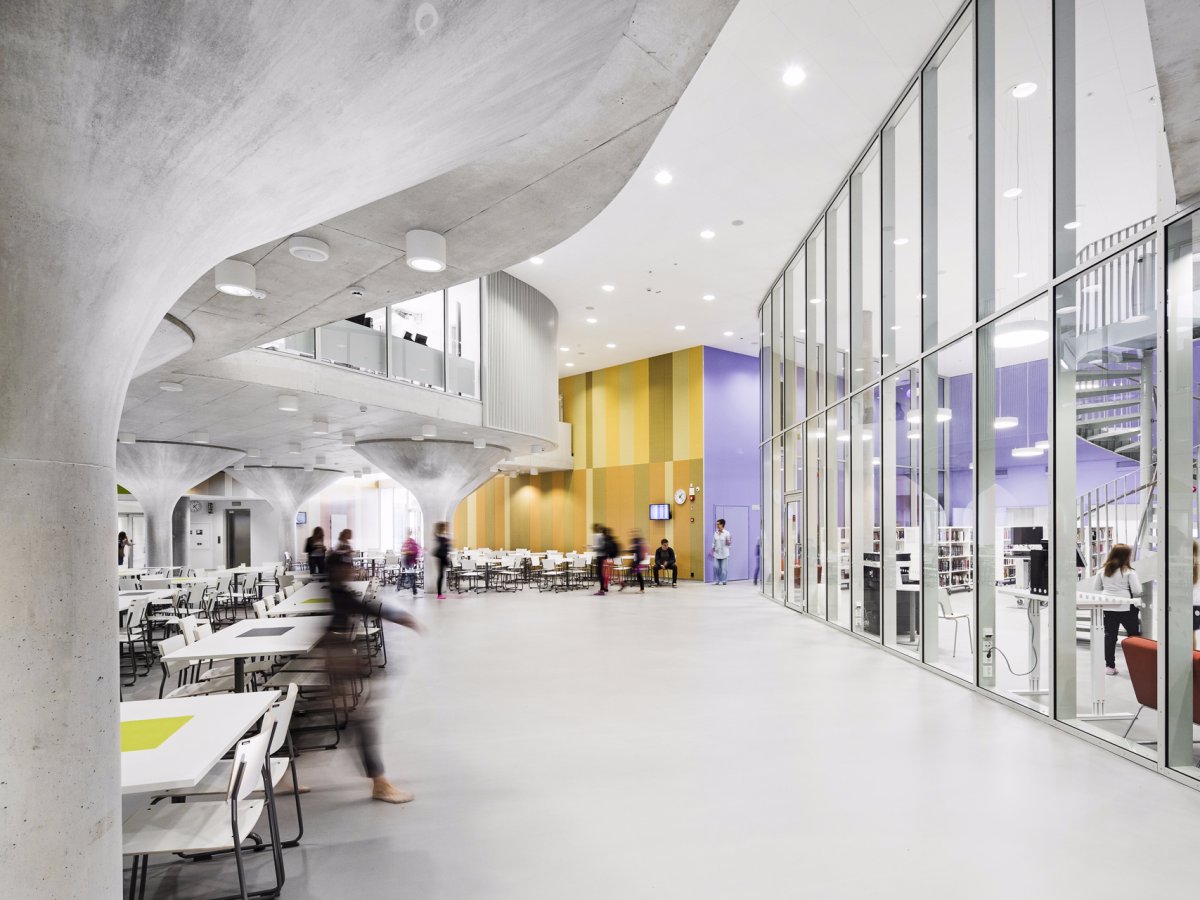
US schools also treat teaching differently as a career choice. In Finland, teachers are viewed as white-collar workers on par with doctors or lawyers. The majority of them hold advanced degrees, and they’re highly paid.
In the US, teaching is closer to trade work. Teachers don’t make much, yet principals, parents, and students put enormous pressure on them to perform.
The kind of freedom Finnish teachers enjoy comes from the underlying faith the culture puts in them from the start, and it’s the exact kind of faith American teachers lack.
At Kastelli, the result has been widespread collaboration between subjects and even grade levels.
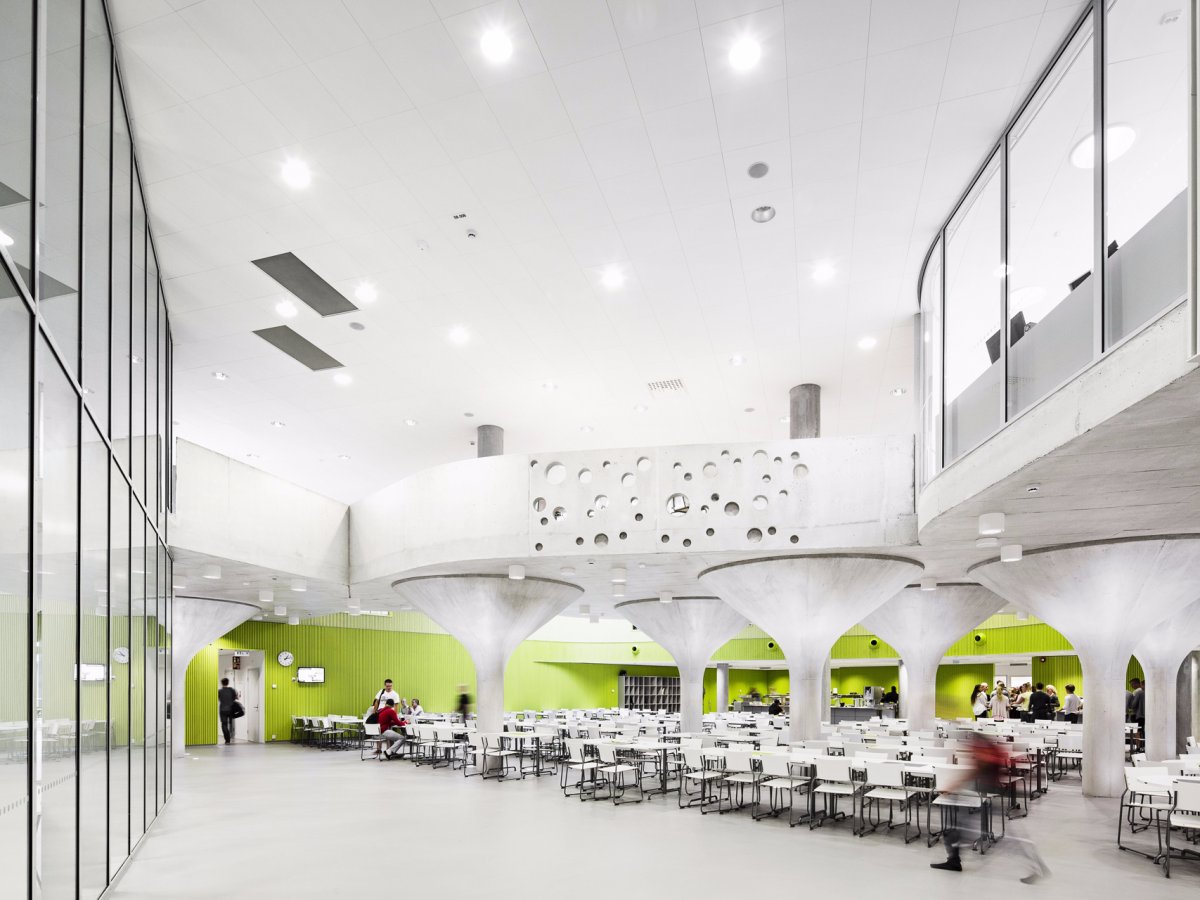
While Finnish students still take their traditional science, math, and literature courses, in recent years the country has undergone a push toward integrating the different disciplines.
Students from a biology class may merge with those in a math class to investigate the ways each overlaps with the other.
The same happens with kids of different ages: A 5th-grade history class might learn alongside a 7th-grade science class to build teamwork and complete a joint project.
Finland has been one of the most innovative countries when it comes to education simply because it listens to the research.
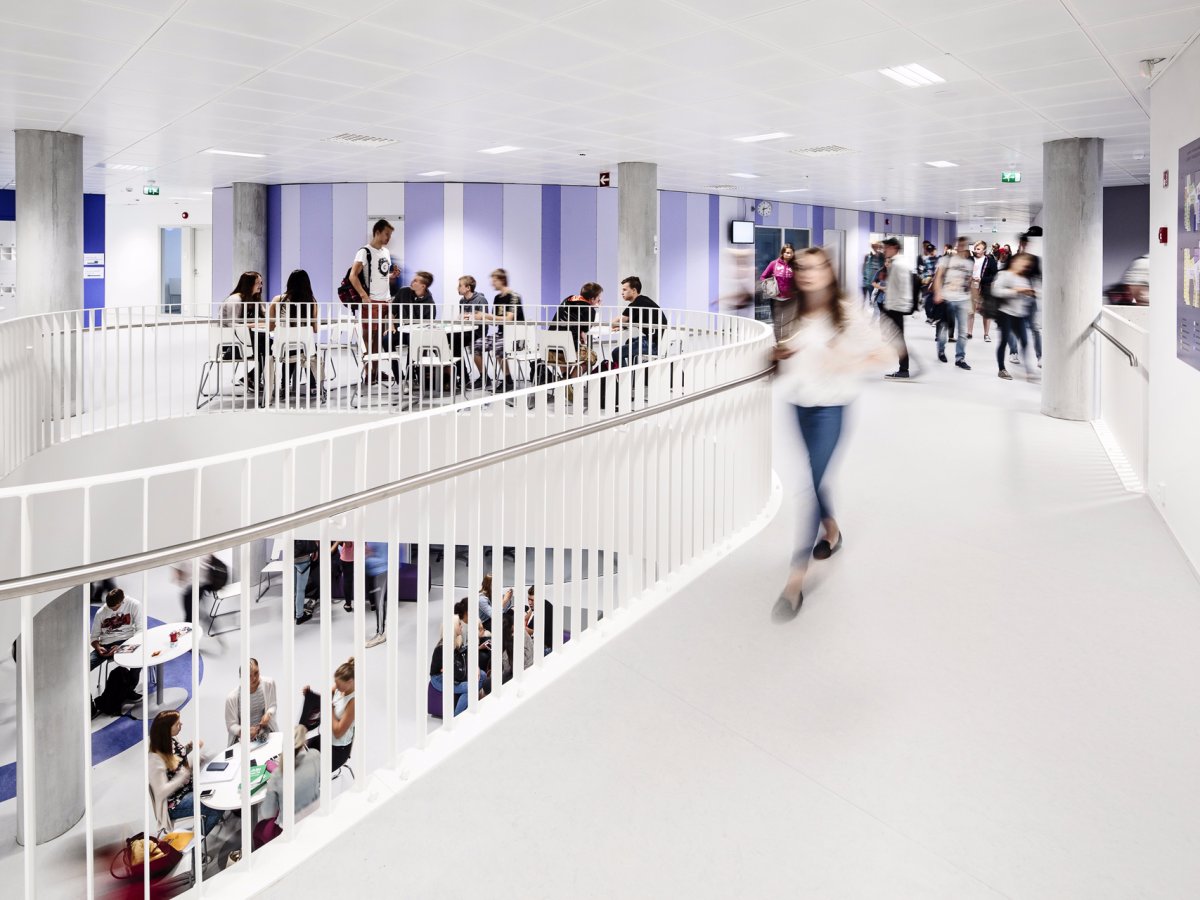
David Lubinski, professor of psychology and human development at Vanderbilt, leads one of the longest-running studies of precocious youth in the world. (The study began in 1971, so the students are adults now.) Lubinski has found flexibility to be one of the most essential components for nurturing students, especially the brighter ones.
«There has to be flexibility,» he told Newsweek in 2014. «That is the message I’d give to teachers.»
In the US, school boards tend to politicize research; parents ignore what works and focus on what they feel is «right» for their kids. In Finland, the mindset is the exact opposite.
Experimentation doesn’t always work. Grouping kids in such a freeform way could stymie some kids’ achievement, but the hallmark of Finnish education is a willingness to try.
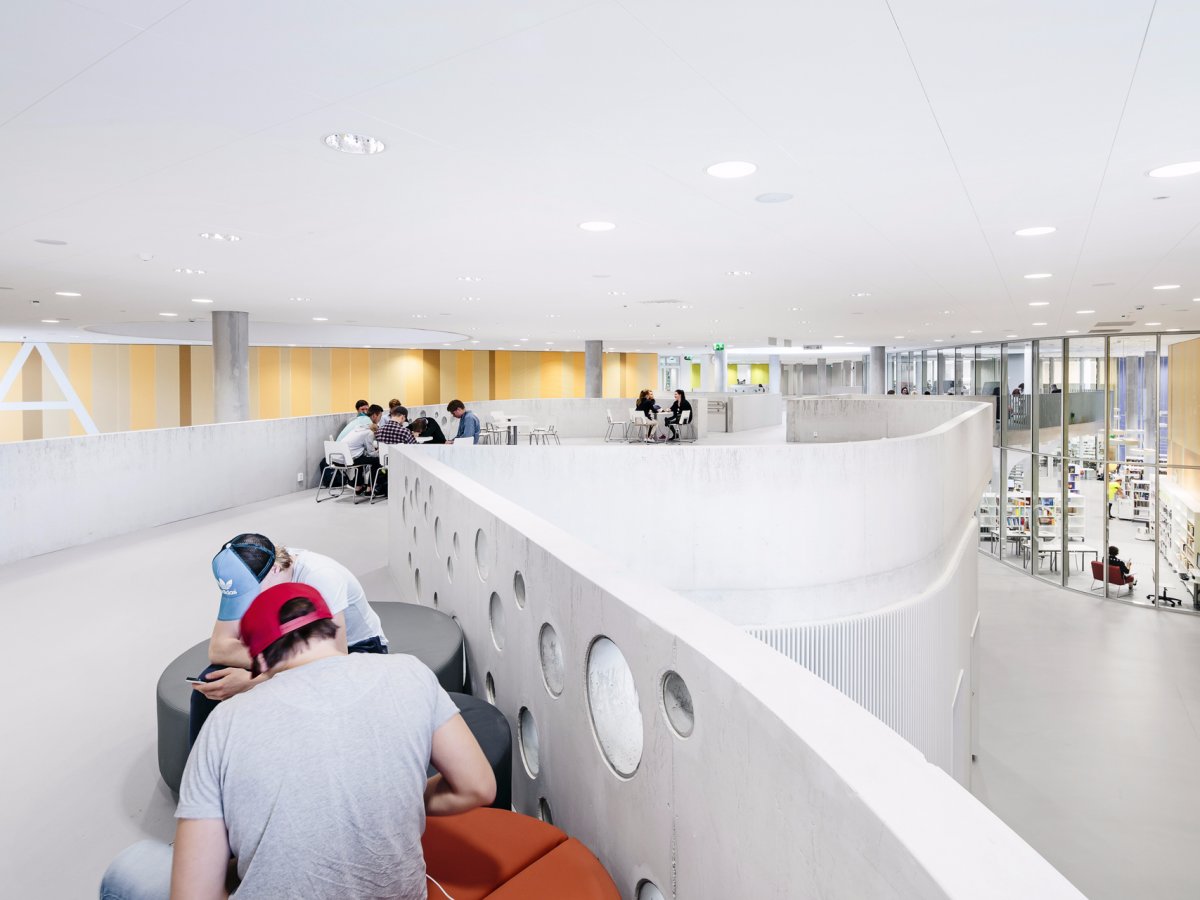
«There is a lot of variety in learning situations,» Tapaninen told CityLab, «and the schools, teachers can decide at the beginning of the month or week, or even at the beginning of the school day, how they want to work.»
That ability to tinker so often is a luxury that can only be found in schools built to accommodate it — and in countries willing to invest in building such schools. Kastelli, for example, cost roughly $103 million to construct.
In order for the US to replicate Finland’s innovative approach to design schools, in other words, it must first wrestle with its priorities.
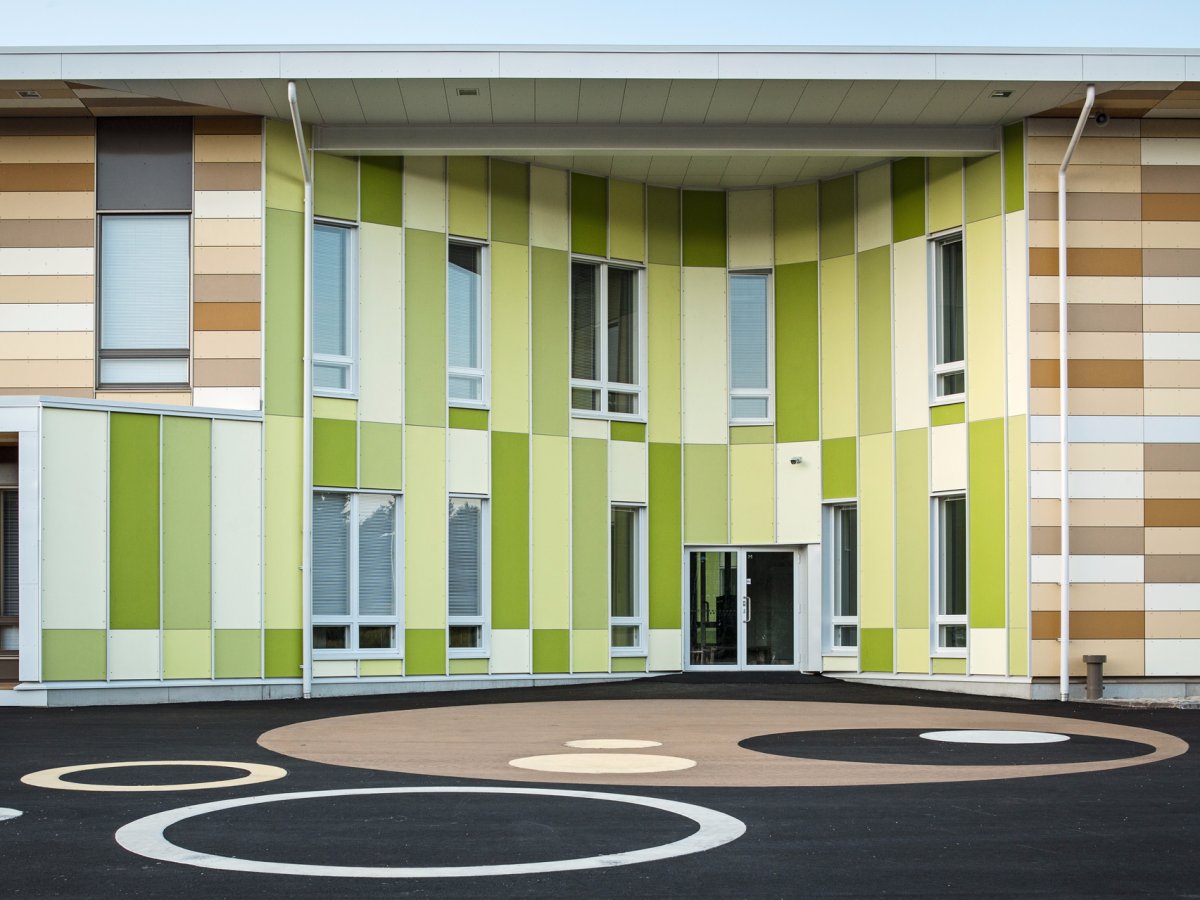
The US puts a heavy emphasis on science, math, and reading scores on standardized tests and directs little attention toward early education and the arts. It prizes memorization over soft skills, like creativity and critical thinking.
Resolving these differences, research suggests, is a precursor to building the kinds of schools that have a smarter form to follow a smarter function.
